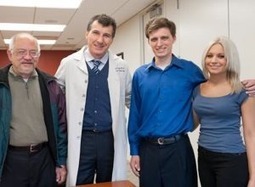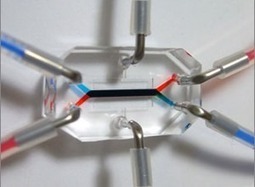Thank you, Dr. Joseph Murray, for your valuable contributions to medical science...
Dr. Joseph Murray, the surgeon who carried out the first successful kidney transplant and later won a Nobel Prize for his work in medicine and physiology, died on Monday in Boston at the age of 93.
Murray and his team completed the first human organ transplant in 1954, taking a kidney from one identical twin and giving it to his twin brother, opening a new field in medicine, the hospital said.



 Your new post is loading...
Your new post is loading...









